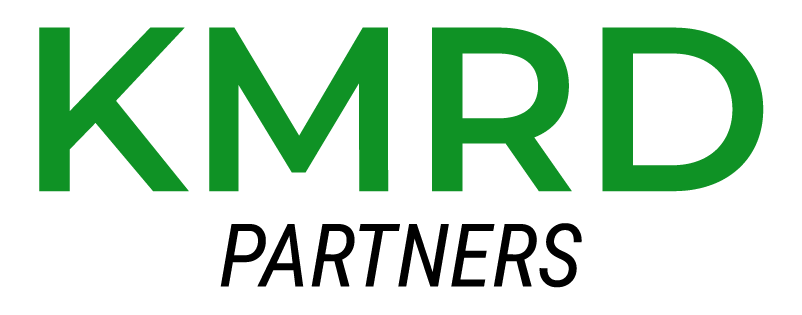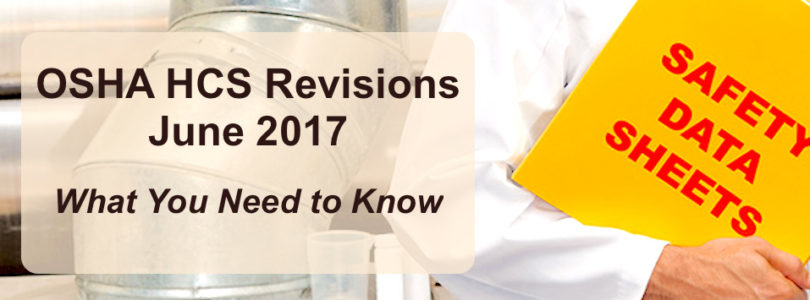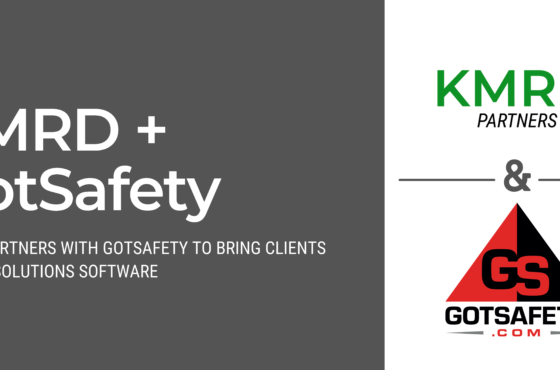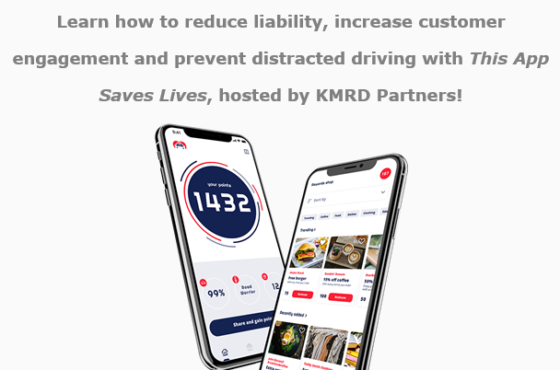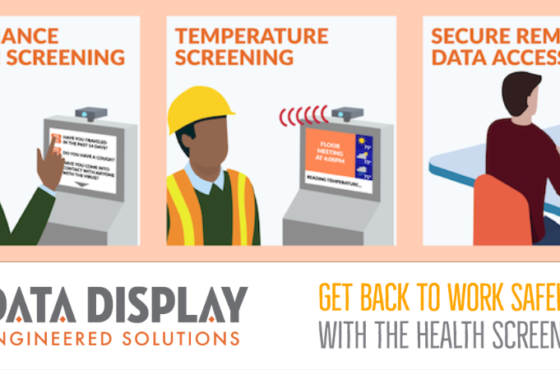Updates to OSHA’s HazCom Standard – Safety Data Sheets – NOW IS THE TIME!
With the first anniversary of the final stage of the revised OSHA Hazard Communication Standard (HCS) approaching on June 1, it’s time to review requirements instituted under this revision – including updated Safety Data Sheets.
The OSHA Hazard Communication Standard was revised to align with the Globally Harmonized System (GHS) of Classification of the Labeling of Chemicals, and to improve safety and health of workers through more effective communications on chemical hazards. The update was also put in place to help reduce trade barriers and produce productivity improvements for American businesses that regularly handle, store, and use hazardous chemicals, while providing cost savings for American businesses that periodically update safety data sheets and labels for chemicals covered under the hazard communication standard.
The GHS is an international approach to hazard communication, providing agreed upon criteria for classification of chemical hazards, and a standardized approach to label elements and safety data sheets.
Material Safety Data Sheets (MSDS) historically were the foundation of OSHA’s Hazard Communication Program and Right-To-Know provisions. Chemical manufacturers produce MSDS to travel with chemicals outlining specific dangers of products and guidance regarding their safe storage, handling and disposal. Under the revised Hazard Communication Standard, Material Safety Data Sheets (MSDS) have been renamed Safety Data Sheets (SDS).
5 Right-to-Know Employer Responsibilities to Employees
Under Right-to-Know provisions, employers assume five primary responsibilities to their employees:
- Establish a policy explaining employees have a right to know about chemicals to which they are exposed
- Maintain a communications program detailing plans in place for the safe handling of chemicals
- Maintain a written chemical inventory of every hazardous chemical in the facility to which employees are exposed
- Maintain proper labels and warning signs associated with identified chemicals
- Train employees on chemical hazards and necessary precautions
Moreover, employers are better able to accurately provide information to employees by understanding the content and format of the renamed and updated SDS sheets. Each SDS must be in a uniform format, and include these sixteen section numbers, headings, and associated information under the headings listed below. Each SDS must include the following (source: OSHA SDS Quick Card), and be readily accessible to employees.
16 Required Safety Data Sheet Sections
| S1 | Identification includes product identifier; manufacturer or distributor name, address, phone number; emergency phone number; recommended use; restrictions on use | |
| S2 | Hazard(s) identification includes all hazards regarding the chemical; required label elements | |
| S3 | Composition/information on ingredients includes information on chemical ingredients; trade secret claims | |
| S4 | First-aid measures include important symptoms/ effects, acute, delayed; required treatment | |
| S5 | Fire-fighting measures lists suitable extinguishing techniques, equipment; chemical hazards from fire | |
| S6 | Accidental release measures list emergency procedures; protective equipment; proper methods of containment and cleanup | |
| S7 | Handling and storage lists precautions for safe handling and storage, including incompatibilities | |
| S8 | Exposure controls/personal protection lists OSHA’s Permissible Exposure Limits (PELs); Threshold Limit Values (TLVs); appropriate engineering controls; personal protective equipment (PPE) | |
| S9 | Physical and chemical properties lists the chemical’s characteristics | |
| S10 | Stability and reactivity lists chemical stability and possibility of hazardous reactions | |
| S11 | Toxicological information includes routes of exposure; related symptoms, acute and chronic effects; numerical measures of toxicity | |
| S12 | Ecological information* | |
| S13 | Disposal considerations* | |
| S14 | Transport information* | |
| S15 | Regulatory information* | |
| S16 | Other information, includes the date of preparation or last revision. |
*Note: Since other Agencies regulate information covered in Sections 12 – 15, OSHA is not enforcing these sections
KMRD Provides Compliance Support for Employers
Since law requires employee access to Safety Data Sheets, partnering with a comprehensive insurance risk management, workplace safety and compliance management platform should be explored. Such a platform can help your company fulfill the OSHA Communication “Right-to-Know” and “Right-to-Understand requirements, while also helping to manage SDS information.
Our Risk Management Practice Group provides ongoing support and consultations on a wide range of risk related issues. In addition, Risk Control Services and Software Solutions to support our clients to make sure they properly respond to regulatory requirements and establish policies and practices to curtail risks associated with employment practices.
Learn how KMRD can provide compliance guidance to assist you with complex benefit, reform, and legislative issues.
Request InfoSee Risk Management Solutions See Risk Control
Note: This content is provided as general background information and should not be taken as legal advice or financial advice for your particular situation. Make sure to get individual advice on your case from a KMRD risk professional before taking any action.
